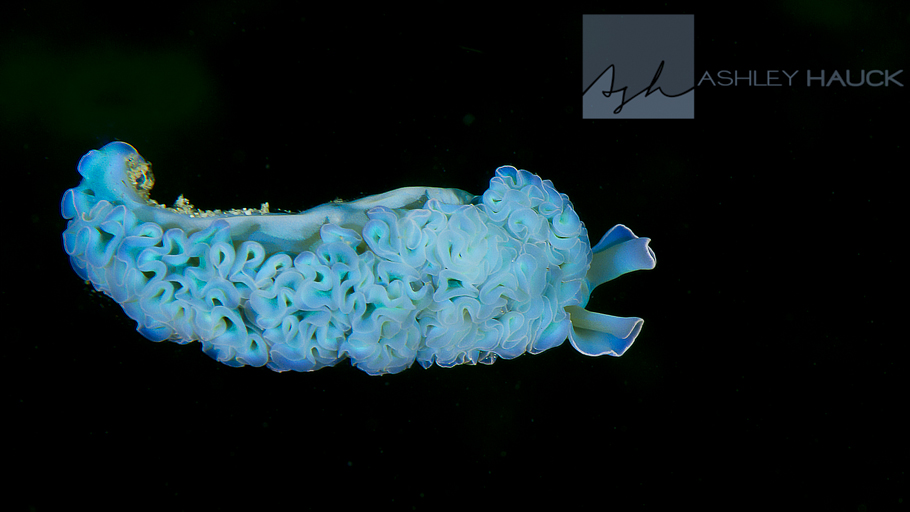Happy New Year! In case you need a break from the endless reruns of the Rose Parade, you’re killing time until the football game starts, or you’re just plain too hung over to do anything but mindlessly click links on the Web, I’m here for you.
“Vegetarian” Vampire Squid
Anyone remember Bunnicula? This book was a gem of my childhood. Bunnicula is a vampire rabbit who sucks the juice out of a tomato, leaving it dry and colorless. The family dog and cat attempt to take Bunnicula down with garlic, even attempting to “steak” him.
Anyway, Bunnicula was the first thing that came to mind when I saw this article about the vampire squid, a true deep sea monster. These creepy creatures live at depths of up to 3,000 feet or more, a zone with no light and virtually no oxygen saturation. Not much is known about them due to their extreme habitat and their dismal survival rate in aquaria, but not-so-recent research (the date says 2012) has revealed insights into the diet of the vampire squid. Unlike other cephalopods, the vampire squid does not hunt living prey at all. But unlike Bunnicula, the vampire squid is no vegetarian, either. It’s a detritivore, eating detritus, which is a nice way of saying it eats bits of dead things, as well as their poop. Which is nothing like a tomato. So basically, once I looked into it, my first impressions were not even remotely right. But the vampire squid, and Bunnicula, are still pretty awesome.
Solar-Powered Nudibranchs
Basically the opposite of a vampire is something that utilizes sunlight for survival, such as these “solar-powered” Phyllodesmium nudibranchs that live in the Indo-Pacific. They eat zooxanthellae (what a fabulous word that is!), which are photosynthetic algae (phytoplankton) that live symbiotically with animals such as stony coral. The nudibranchs munch on the coral and incorporate the zooxanthellae into their tissues rather than ingesting them. The zooxanthellae keep on keeping on just as they always did, but now they photosynthesize for the nudibranchs’ benefit rather than the corals’.
Looking back at my post on Elysia crispata way back when, we’ll recall the photosynthetic sap-sucking lettuce sea slug in Curaçao. Phyllodesmium are similar, but are actually nudibranchs. And they look amazingly cool.

Sea Turtle in San Diego
A what? You read that right: we saw a green sea turtle on the HMCS Yukon wreck this past Saturday. They’ve been spotted close to shore in La Jolla, but I haven’t heard any reports of one out on the wrecks. It was cruising around the mooring ball and munching on the algae growing on the line.
Here’s a screen grab from a friend’s video of the turtle:

